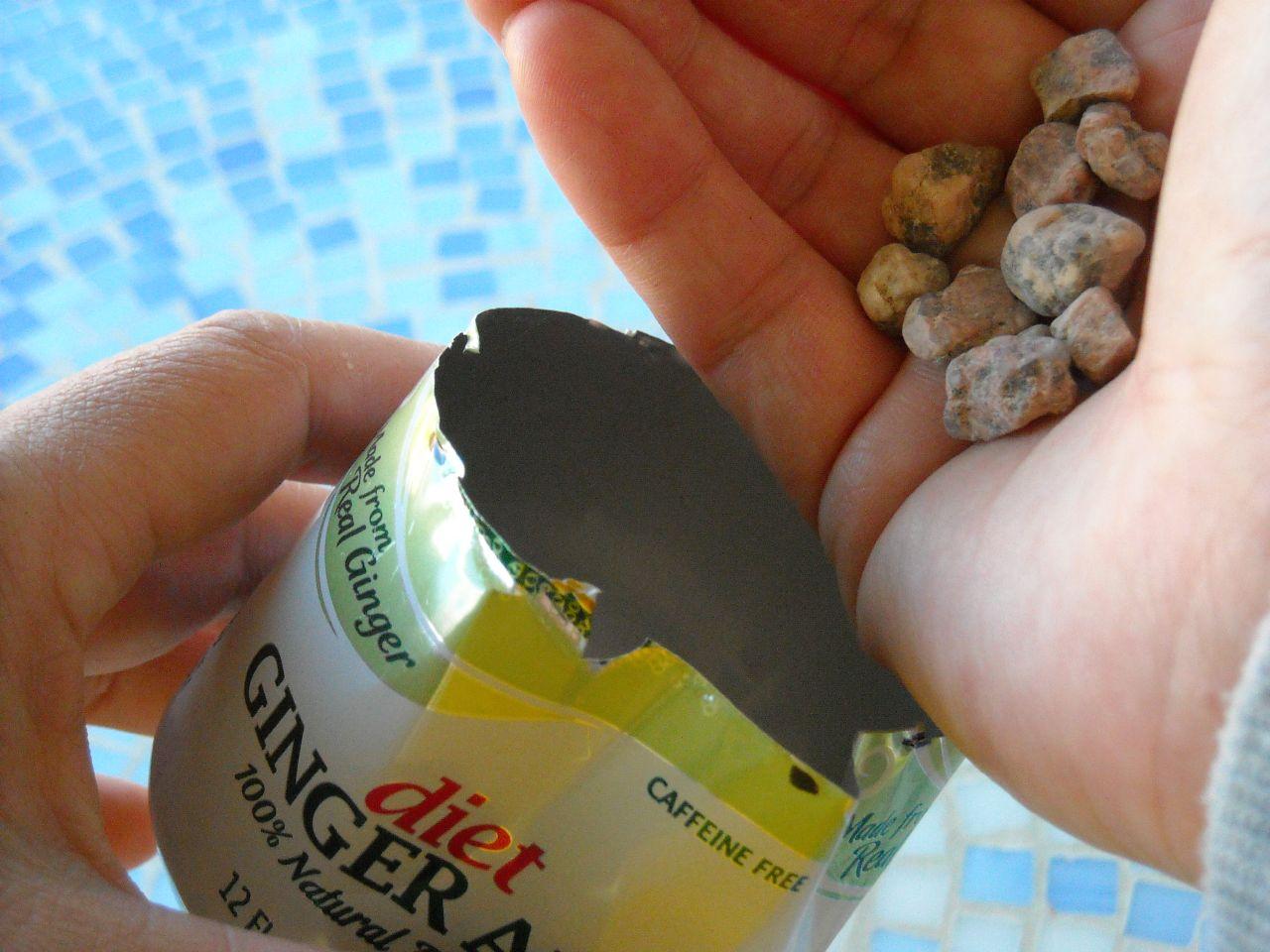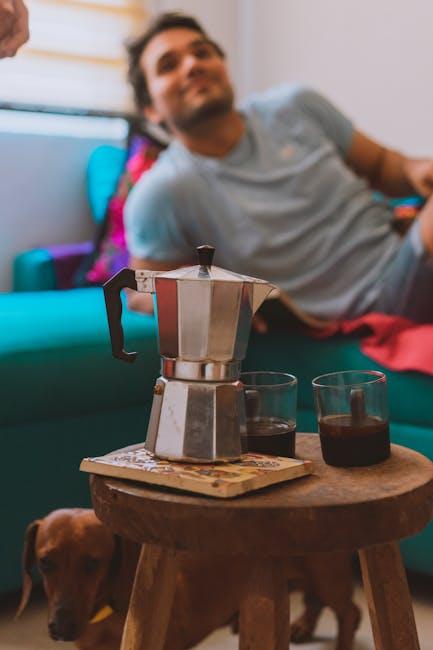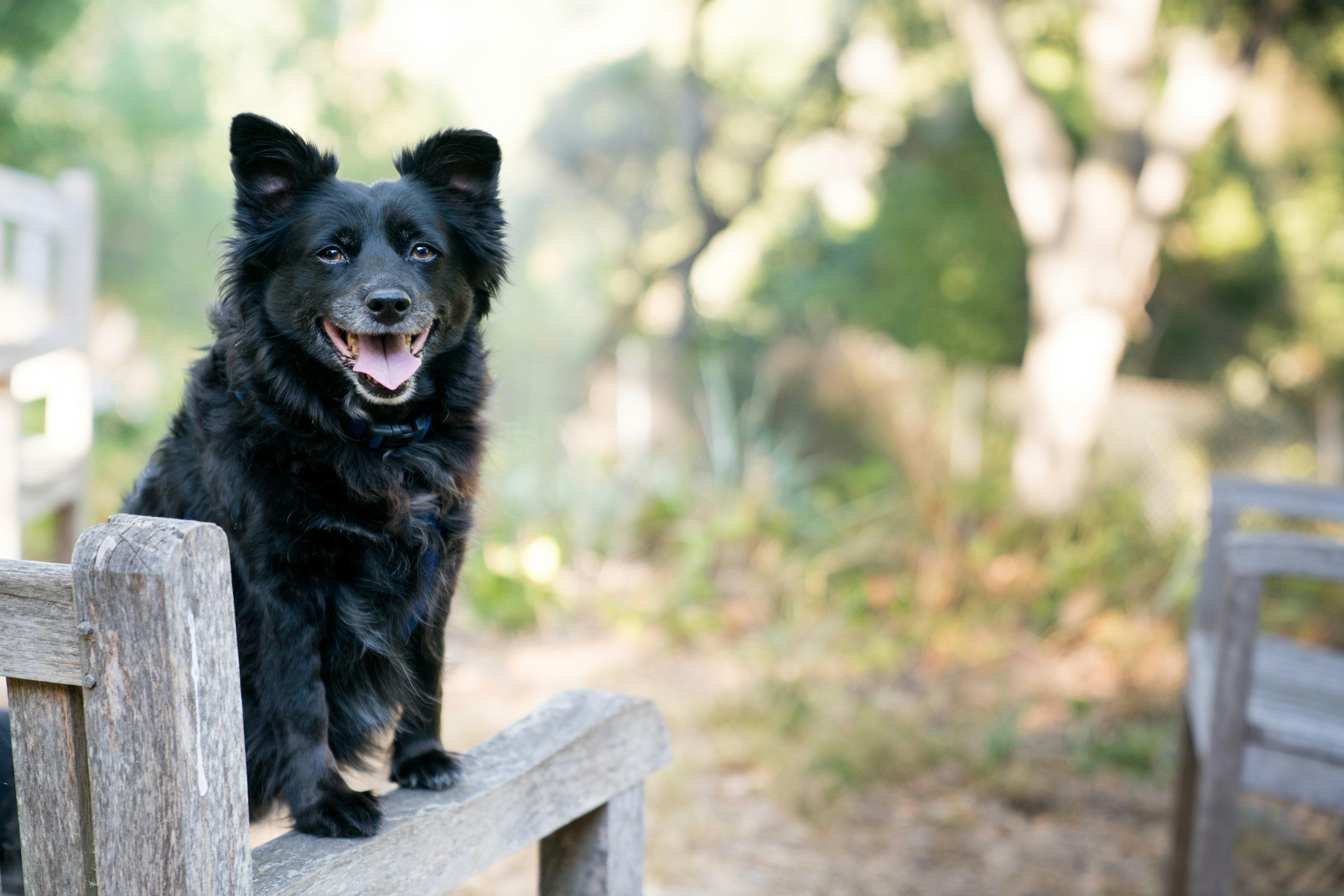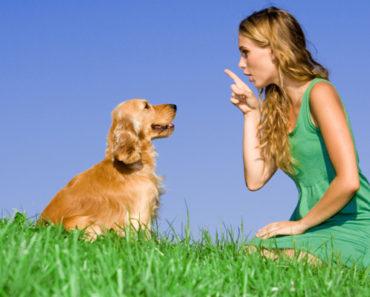Best Methods to Train Your Dog to Stay Calm Around Strangers

Introducing a new person to your dog can sometimes be a challenging experience, especially if your furry friend tends to get overly excited or anxious around strangers. Training your dog to remain calm in such situations is not only beneficial for their well-being but also ensures a harmonious interaction with guests and others in public spaces. This article explores the most effective methods to cultivate calmness in your dog when encountering unfamiliar faces. By understanding canine behavior and employing proven training techniques, you can foster a more relaxed and controlled environment for your pet. Whether you’re dealing with a puppy or an older dog, these strategies will guide you toward creating positive and stress-free experiences for everyone involved.
Understanding Canine Anxiety and Its Triggers
Canine anxiety can manifest in various ways, from barking and growling to more subtle signs like pacing or panting. It’s essential to identify what triggers this anxiety in your dog, as understanding these triggers is the first step toward effective training. Common triggers include unfamiliar environments, sudden noises, and the presence of strangers. By recognizing these, you can begin to desensitize your dog and help them remain calm.
- Gradual Exposure: Slowly introduce your dog to new people in a controlled environment. Start with a distance where your dog feels safe and gradually decrease it over time.
- Positive Reinforcement: Reward your dog with treats and praise when they remain calm around strangers. This reinforces the idea that strangers are not a threat.
- Consistent Routine: Maintain a regular schedule for walks and socialization to build your dog’s confidence in different settings.
By incorporating these methods, you can help your dog build resilience against anxiety-inducing situations. Remember, patience and consistency are key to successful training.

Effective Socialization Techniques for Dogs
Introducing your dog to new faces and environments can be a rewarding experience if approached with the right techniques. Positive reinforcement is a cornerstone of effective socialization. Reward your dog with treats, praise, or playtime whenever they exhibit calm behavior around strangers. This encourages a positive association with new people. Gradually increase the exposure by inviting a friend over and allowing your dog to approach at their own pace. It’s crucial to maintain a calm demeanor yourself, as dogs often mirror the emotions of their owners.
Another effective technique is controlled exposure. Start by taking your dog to less crowded places, slowly working up to busier environments. Observe your dog’s body language and intervene if they appear anxious or overwhelmed. You can practice the “sit and stay” command when strangers approach, rewarding them for staying composed. Consider using tools like a head halter or a harness for better control during walks. Consistency is key, so make these practices a regular part of your routine, gradually building your dog’s confidence and comfort around new people.

Implementing Positive Reinforcement Strategies
When training your dog to remain composed around strangers, leveraging positive reinforcement strategies can be incredibly effective. The idea is to reward your dog for calm behavior, encouraging them to repeat it. Start by identifying treats or toys that your dog is particularly fond of. These will serve as your primary reinforcement tools. Whenever your dog exhibits calm behavior in the presence of strangers, immediately offer a reward. This helps create a positive association with the presence of new people.
- Consistency: Make sure to consistently reward calm behavior to reinforce the desired response.
- Timing: Offer rewards promptly to ensure your dog connects the calm behavior with the reward.
- Variety: Use a variety of rewards, such as verbal praise, treats, or playtime, to keep your dog engaged and motivated.
Over time, gradually decrease the frequency of treats, transitioning to verbal praise and affection, which helps in maintaining the behavior without dependency on physical rewards. This approach not only fosters a serene demeanor around strangers but also strengthens the bond between you and your dog.
 Desensitization and Counter-Conditioning Methods”>
Desensitization and Counter-Conditioning Methods”>
Utilizing Desensitization and Counter-Conditioning Methods
Desensitization and counter-conditioning are effective strategies to help your dog become more comfortable around strangers. Desensitization involves gradually exposing your dog to a stimulus—in this case, strangers—in a controlled manner, allowing them to slowly acclimate to the presence of new people without feeling overwhelmed. Start by having a stranger stand at a distance where your dog feels safe and slowly decrease this distance over time. Pair these exposures with positive experiences to encourage calm behavior.
Counter-conditioning complements this by changing your dog’s emotional response to strangers from negative to positive. Use treats, toys, or affection to reward your dog when they remain calm in the presence of strangers. Ensure the stranger doesn’t initiate contact or eye contact with your dog until they show signs of relaxation. Here are some steps to follow:
- Introduce the stranger from a safe distance.
- Reward your dog for calm behavior with treats or praise.
- Gradually decrease the distance between your dog and the stranger.
- Repeat the process regularly to reinforce positive associations.
By using these methods, you can help your dog build confidence and reduce anxiety, leading to more peaceful interactions with strangers.



